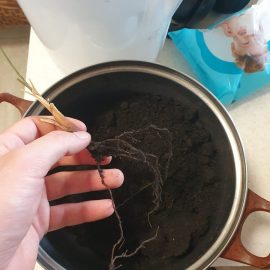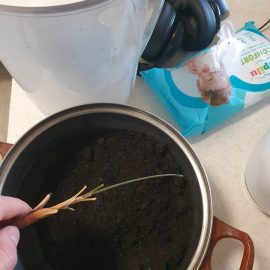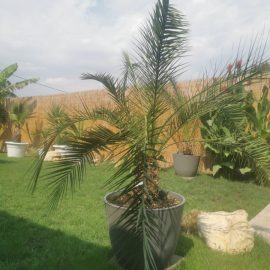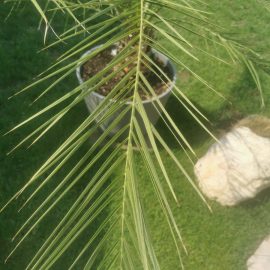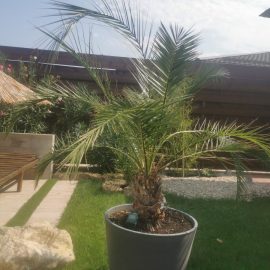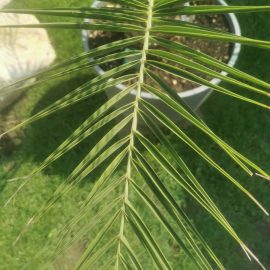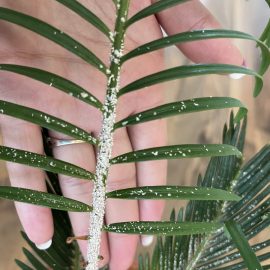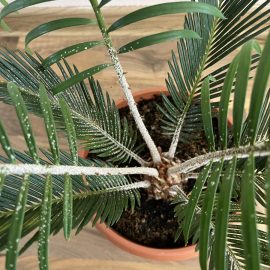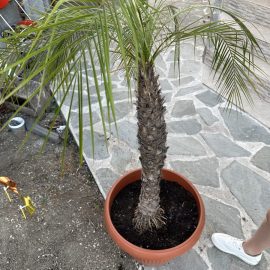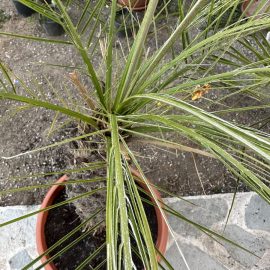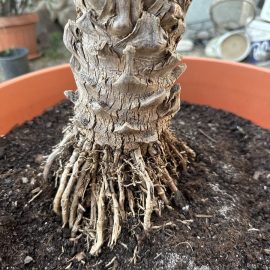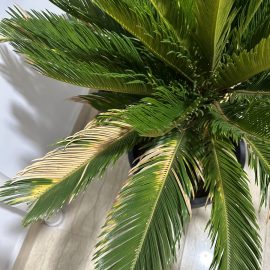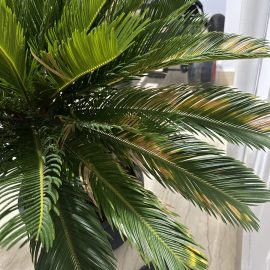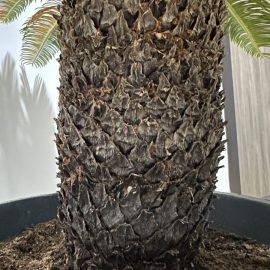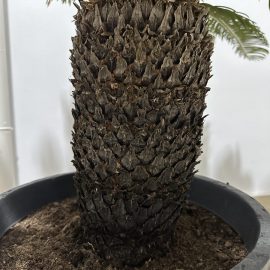Palm trees, plant care and growing guide
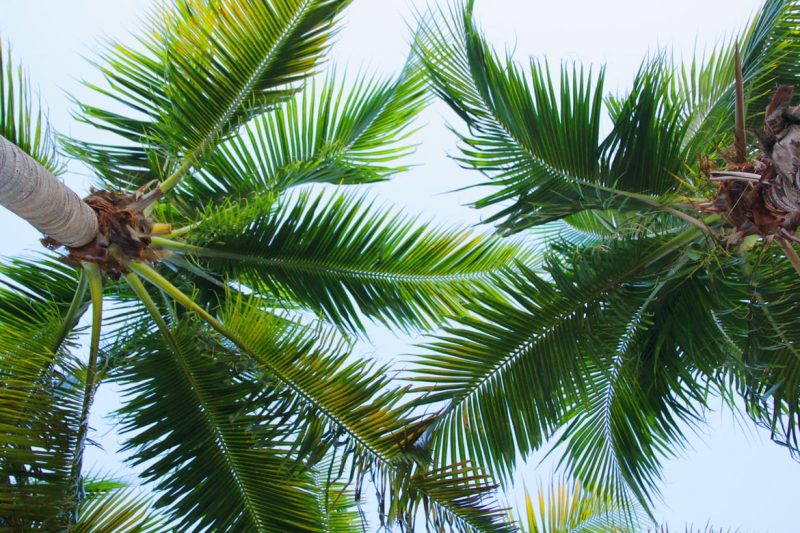
Palm trees are plants native to the tropics and have over 200 genera and 2000 species. They are often used as potted plants, being decorative thanks to their overall appearance and leaves. Among the most famous species, we can mention Chamaedorea. Popularly called “dwarf palm” or “mountain palm”, it is a genus of plants that includes about 107 species of palm trees of relatively small size (between 0.3 and 6 meters). They are native to the tropical and subtropical areas of America. This palm tree is known for its property of filtering the air in its vicinity. The leaves are feathery, with lanceolate leaflets, intense green. This species can reach a height of 1.5 m, but it usually grows up to about 60 cm. For more information click here.
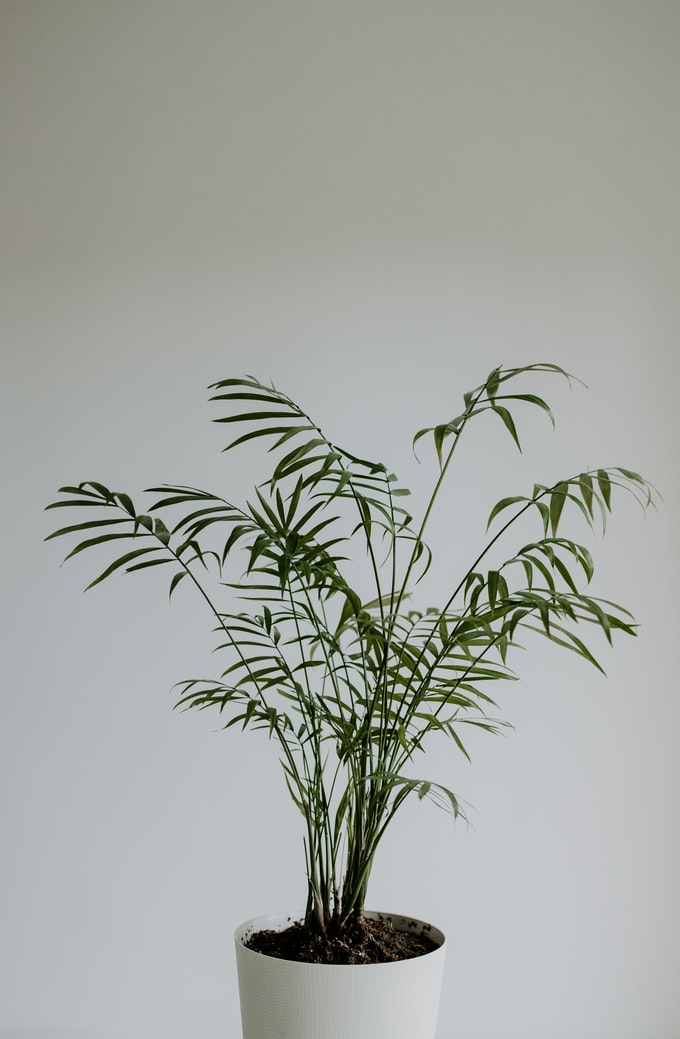
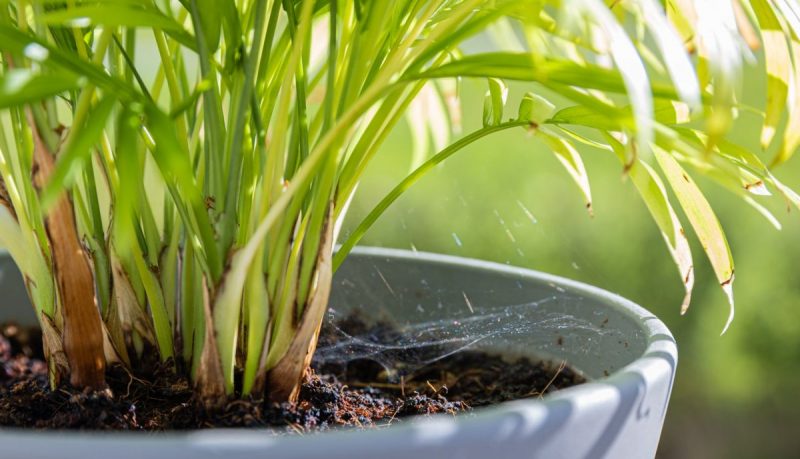
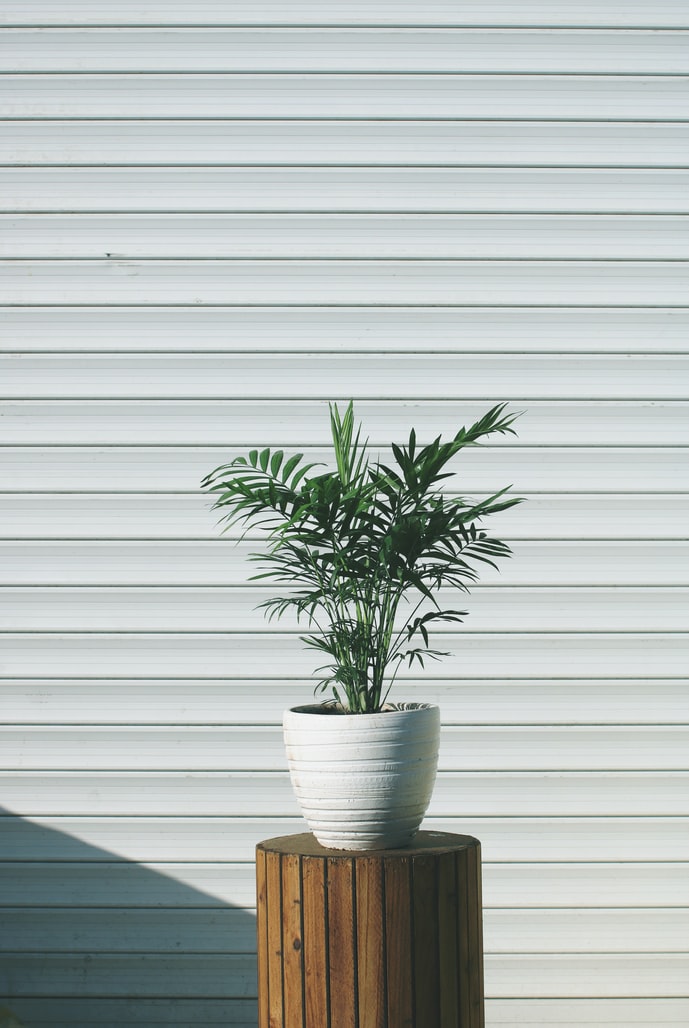
Cocos nucifera. The coconut tree is a plant from the palm family, native to the Pacific ocean, specific to the humid tropical area. It is a high plant, reaching a height of 30 m. The leaves are thin, firm, fine, and can reach a length of 1-2 m. It prefers places with abundant sun and temperatures between 20 and 25° C. Water it moderately, since excessive humidity in the substrate can lead to root rot. During the period of active growth add a special fertilizer for palm trees. It has high requirements for humidity, so spray the leaves daily with non-calcareous water and place the pot on a layer of damp gravel. The space in which it is placed must be well ventilated. It needs a light substrate, made up of fibrous planting soil and sand. In pots it can reach a maximum height of 3 m and has a longevity of 2-3 years. The coconut tree is susceptible to attacks by woolly apple aphids or European fruit lecanium.
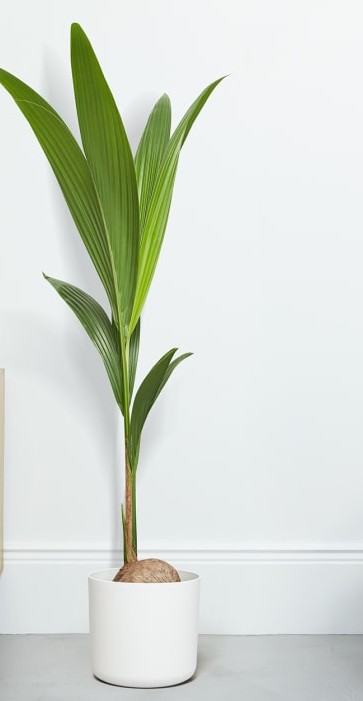
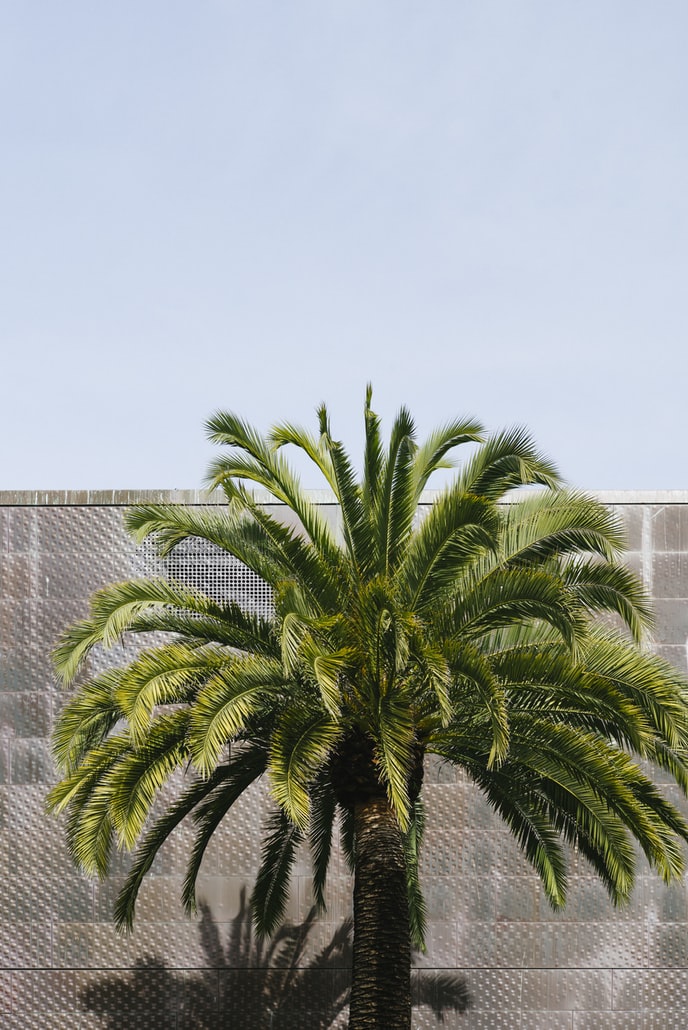
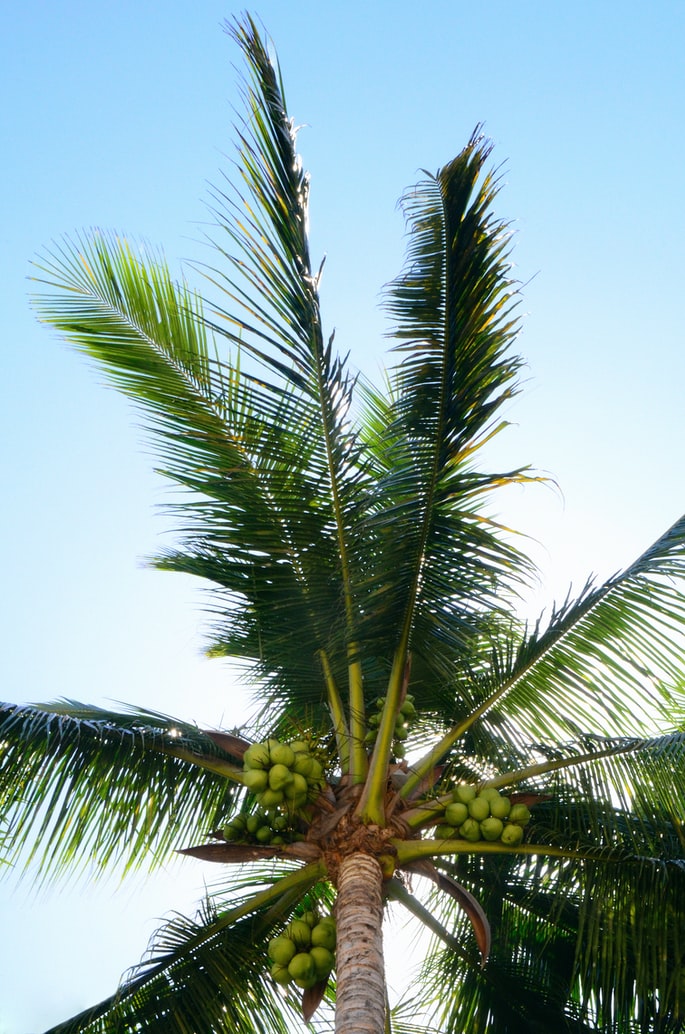
Recommended products
-
You can find products on a different store
Change Store -
You can find products on a different store
Change Store -
You can find products on a different store
Change Store -
You can find products on a different store
Change Store -
You can find products on a different store
Change Store -
You can find products on a different store
Change Store -
You can find products on a different store
Change Store -
You can find products on a different store
Change Store -
You can find products on a different store
Change Store -
You can find products on a different store
Change Store -
You can find products on a different store
Change Store -
You can find products on a different store
Change Store -
You can find products on a different store
Change Store -
You can find products on a different store
Change Store -
You can find products on a different store
Change Store -
You can find products on a different store
Change Store -
You can find products on a different store
Change Store -
You can find products on a different store
Change Store -
You can find products on a different store
Change Store -
You can find products on a different store
Change Store -
You can find products on a different store
Change Store -
You can find products on a different store
Change Store -
You can find products on a different store
Change Store -
You can find products on a different store
Change Store
Recommended products
-
You can find products on a different store
Change Store -
You can find products on a different store
Change Store -
You can find products on a different store
Change Store -
You can find products on a different store
Change Store -
You can find products on a different store
Change Store -
You can find products on a different store
Change Store -
You can find products on a different store
Change Store -
You can find products on a different store
Change Store -
You can find products on a different store
Change Store -
You can find products on a different store
Change Store -
You can find products on a different store
Change Store -
You can find products on a different store
Change Store -
You can find products on a different store
Change Store -
You can find products on a different store
Change Store -
You can find products on a different store
Change Store -
You can find products on a different store
Change Store -
You can find products on a different store
Change Store -
You can find products on a different store
Change Store -
You can find products on a different store
Change Store -
You can find products on a different store
Change Store -
You can find products on a different store
Change Store -
You can find products on a different store
Change Store -
You can find products on a different store
Change Store -
You can find products on a different store
Change Store
Cycas revoluta. Cycas revoluta or Japanese sago palm is a prehistoric species in the Cycadaceae family. It is native to the tropics and subtropics, Japan, China and Malaysia. It has a longevity of up to 100 years. There are 15 known species of the genus Cycas, of which only Cycas revoluta can be grown as an indoor plant.
It has a conical, semi-wooden trunk, which is formed from the bases of the petioles of the leaves that dry. The leaves are similar to those of palm trees, are spiky, with a central rib. They are dark green, with a slightly glossy surface. In the middle of the bush, they develop cone-shaped inflorescences, male or female, located on different plants. For more information about care click here.
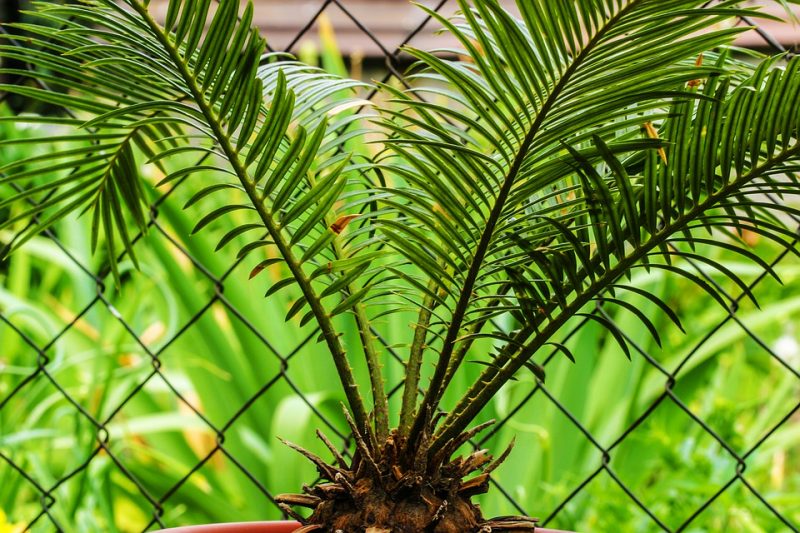
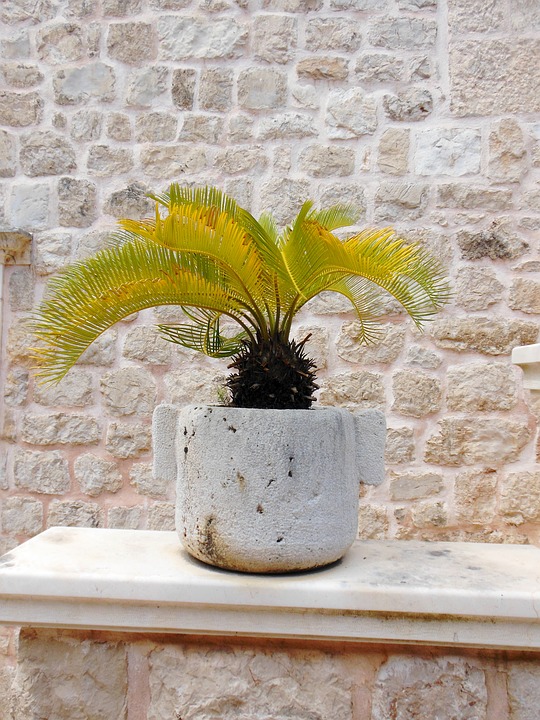
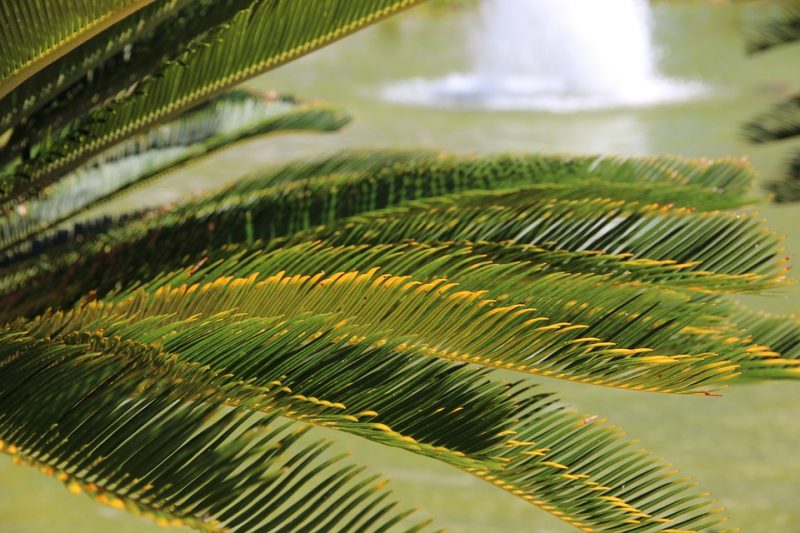
Howea forsteriana. It is a palm tree native to Lord Howe island near Australia. In pots, it can reach a height of up to 1-3 m and it has a life of 5-20 years. The leaves are dark green, long, arched and supple, reaching up to 1-2 m. It should be placed in a ventilated, bright place, preferably near a window with southeast exposure, protected by a thin curtain. It can withstand temperatures of about 20-24° C. It needs an atmospheric humidity of over 50% and it must be watered moderately, when the soil is dry on the surface. During April-October, you should administer a special fertilizer for palm trees. The substrate must allow water to drain and it can be made up of garden soil, sand and garden mold. Transplanting should be done annually, in early spring. It can be attacked by mites or European fruit lecanium and woolly apple aphids.
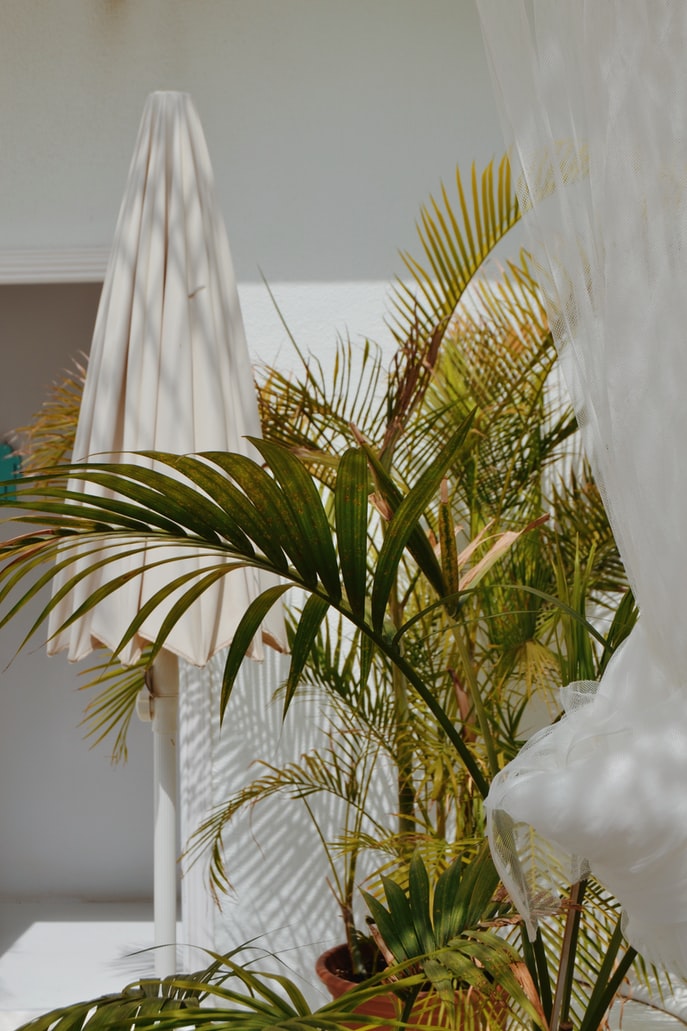
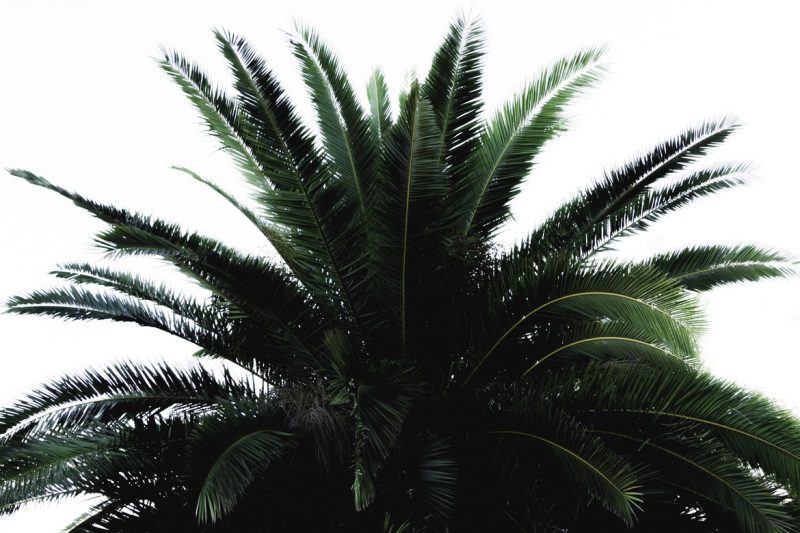
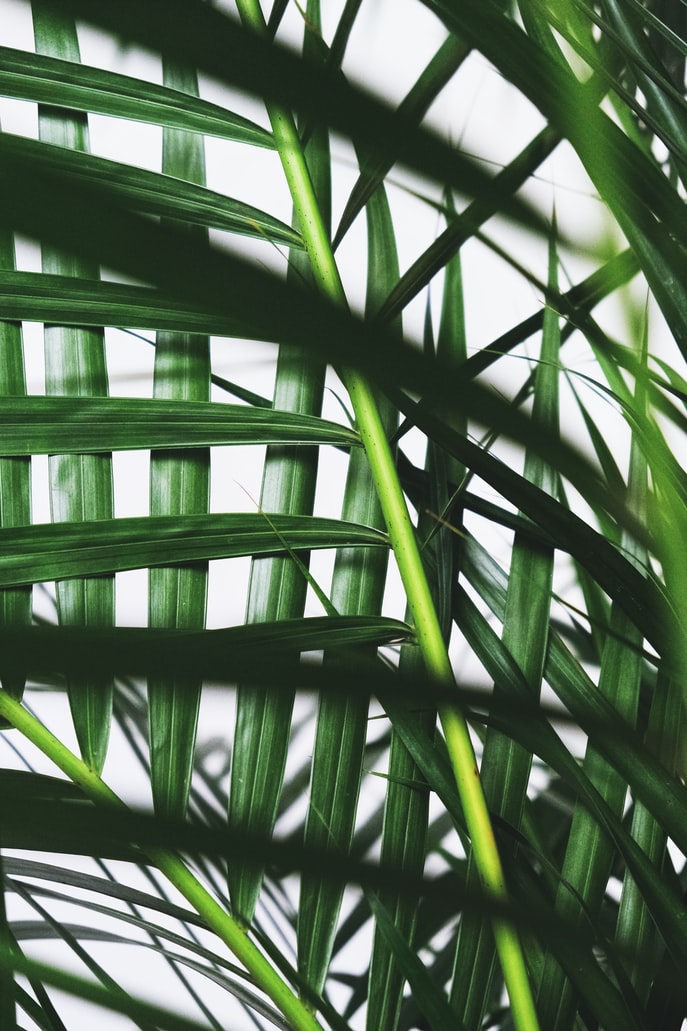
Recommended products
-
You can find products on a different store
Change Store -
You can find products on a different store
Change Store -
You can find products on a different store
Change Store -
You can find products on a different store
Change Store -
You can find products on a different store
Change Store -
You can find products on a different store
Change Store -
You can find products on a different store
Change Store -
You can find products on a different store
Change Store -
You can find products on a different store
Change Store -
You can find products on a different store
Change Store -
You can find products on a different store
Change Store -
You can find products on a different store
Change Store -
You can find products on a different store
Change Store -
You can find products on a different store
Change Store -
You can find products on a different store
Change Store -
You can find products on a different store
Change Store -
You can find products on a different store
Change Store -
You can find products on a different store
Change Store -
You can find products on a different store
Change Store -
You can find products on a different store
Change Store -
You can find products on a different store
Change Store -
You can find products on a different store
Change Store -
You can find products on a different store
Change Store -
You can find products on a different store
Change Store
Recommended products
-
You can find products on a different store
Change Store -
You can find products on a different store
Change Store -
You can find products on a different store
Change Store -
You can find products on a different store
Change Store -
You can find products on a different store
Change Store -
You can find products on a different store
Change Store -
You can find products on a different store
Change Store -
You can find products on a different store
Change Store -
You can find products on a different store
Change Store -
You can find products on a different store
Change Store -
You can find products on a different store
Change Store -
You can find products on a different store
Change Store -
You can find products on a different store
Change Store -
You can find products on a different store
Change Store -
You can find products on a different store
Change Store -
You can find products on a different store
Change Store -
You can find products on a different store
Change Store -
You can find products on a different store
Change Store -
You can find products on a different store
Change Store -
You can find products on a different store
Change Store -
You can find products on a different store
Change Store -
You can find products on a different store
Change Store -
You can find products on a different store
Change Store -
You can find products on a different store
Change Store
Recommended products
-
You can find products on a different store
Change Store -
You can find products on a different store
Change Store -
You can find products on a different store
Change Store -
You can find products on a different store
Change Store -
You can find products on a different store
Change Store -
You can find products on a different store
Change Store -
You can find products on a different store
Change Store -
You can find products on a different store
Change Store -
You can find products on a different store
Change Store -
You can find products on a different store
Change Store -
You can find products on a different store
Change Store -
You can find products on a different store
Change Store -
You can find products on a different store
Change Store -
You can find products on a different store
Change Store -
You can find products on a different store
Change Store -
You can find products on a different store
Change Store -
You can find products on a different store
Change Store -
You can find products on a different store
Change Store -
You can find products on a different store
Change Store -
You can find products on a different store
Change Store -
You can find products on a different store
Change Store -
You can find products on a different store
Change Store -
You can find products on a different store
Change Store -
You can find products on a different store
Change Store
Livistona chinensis. It is native to China and Australia, in other countries being used as a houseplant, decorating the room through its general appearance and leaves. it has a slow growth, but can reach a height of 1.5-2 m, in apartment environmental conditions. The leaves are shiny, can reach 1-3 m in diameter, are fan-shaped and have long, spiky petioles. It prefers bright places, but not direct sunlight. The optimum temperature for the Chinese fan palm to develop properly is between 25-30° C in summer and 12-15° C in winter. It needs a high atmospheric humidity: 70-80% in summer and 50-60% in winter. Atmospheric humidity is maintained by placing the plant on a layer of damp gravel. It is recommended that the substrate be composed of a mixture of peat, perlite, sand. It has to have a good drainage capacity, the pH needs to be slightly acid-neutral, and its humidity has to be kept constant. Watering should be done regularly and in small quantities, since excessive watering can damage the leaves. Fertilization should be done with a specific fertilizer for decorative plants (through leaves). During the summer, fertilization can be done once a month, and in winter, less often, every two months. The Chinese fan palm is propagated through seeds. The most common pests that can attack the plant are European fruit lecanium and mites . The staining and yellowing of leaves is caused by poor or excessive watering of the plant.
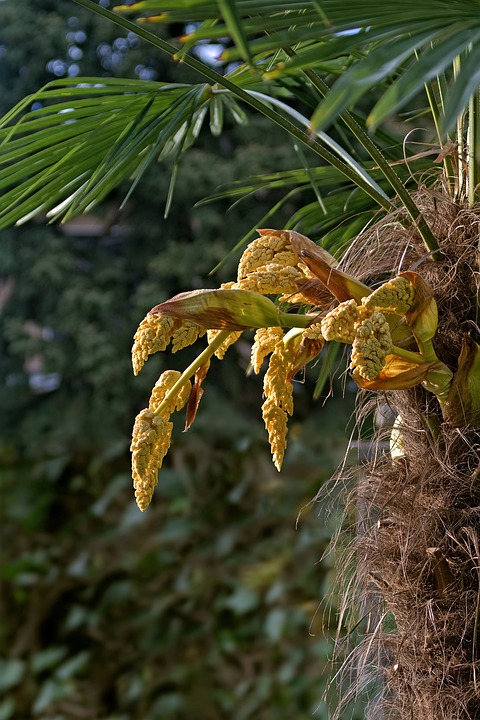
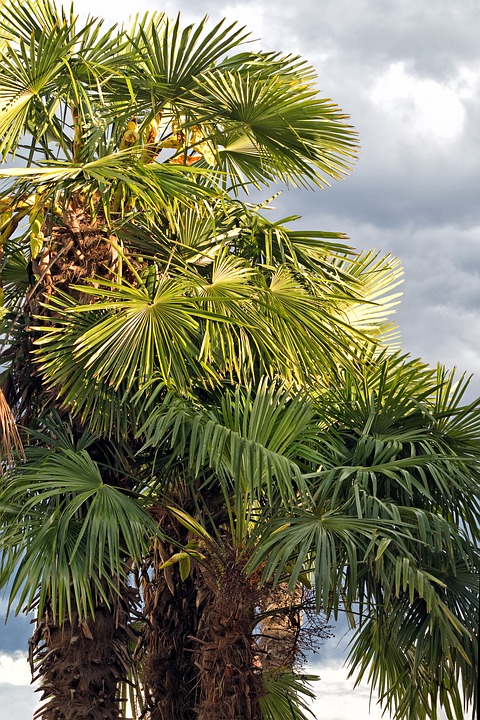
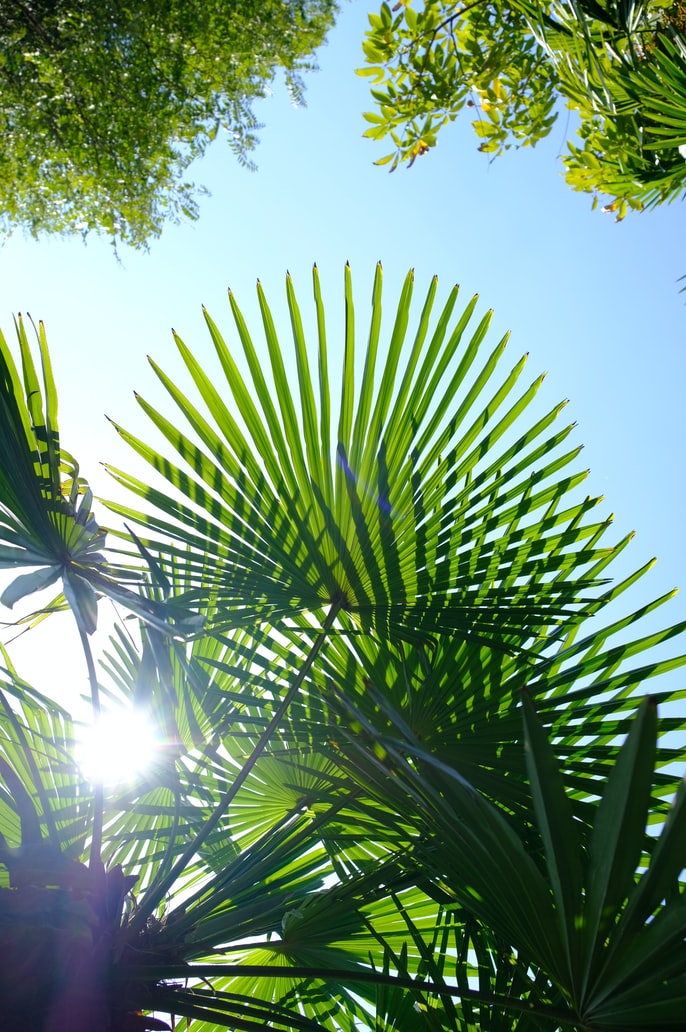
Recommended products
-
You can find products on a different store
Change Store -
You can find products on a different store
Change Store -
You can find products on a different store
Change Store -
You can find products on a different store
Change Store -
You can find products on a different store
Change Store -
You can find products on a different store
Change Store -
You can find products on a different store
Change Store -
You can find products on a different store
Change Store -
You can find products on a different store
Change Store -
You can find products on a different store
Change Store -
You can find products on a different store
Change Store -
You can find products on a different store
Change Store -
You can find products on a different store
Change Store -
You can find products on a different store
Change Store -
You can find products on a different store
Change Store -
You can find products on a different store
Change Store -
You can find products on a different store
Change Store -
You can find products on a different store
Change Store -
You can find products on a different store
Change Store -
You can find products on a different store
Change Store -
You can find products on a different store
Change Store -
You can find products on a different store
Change Store -
You can find products on a different store
Change Store -
You can find products on a different store
Change Store
Recommended products
-
You can find products on a different store
Change Store -
You can find products on a different store
Change Store -
You can find products on a different store
Change Store -
You can find products on a different store
Change Store -
You can find products on a different store
Change Store -
You can find products on a different store
Change Store -
You can find products on a different store
Change Store -
You can find products on a different store
Change Store -
You can find products on a different store
Change Store -
You can find products on a different store
Change Store -
You can find products on a different store
Change Store -
You can find products on a different store
Change Store -
You can find products on a different store
Change Store -
You can find products on a different store
Change Store -
You can find products on a different store
Change Store -
You can find products on a different store
Change Store -
You can find products on a different store
Change Store -
You can find products on a different store
Change Store -
You can find products on a different store
Change Store -
You can find products on a different store
Change Store -
You can find products on a different store
Change Store -
You can find products on a different store
Change Store -
You can find products on a different store
Change Store -
You can find products on a different store
Change Store
Recommended products
-
You can find products on a different store
Change Store -
You can find products on a different store
Change Store -
You can find products on a different store
Change Store -
You can find products on a different store
Change Store -
You can find products on a different store
Change Store -
You can find products on a different store
Change Store -
You can find products on a different store
Change Store -
You can find products on a different store
Change Store -
You can find products on a different store
Change Store -
You can find products on a different store
Change Store -
You can find products on a different store
Change Store -
You can find products on a different store
Change Store -
You can find products on a different store
Change Store -
You can find products on a different store
Change Store -
You can find products on a different store
Change Store -
You can find products on a different store
Change Store -
You can find products on a different store
Change Store -
You can find products on a different store
Change Store -
You can find products on a different store
Change Store -
You can find products on a different store
Change Store -
You can find products on a different store
Change Store -
You can find products on a different store
Change Store -
You can find products on a different store
Change Store -
You can find products on a different store
Change Store
Phoenix canariensis. It is a species of palm tree native to the Canary Islands. It has a unique stem and leaves that can reach a length of 1 m. In pots it can reach a height of 5 m and has a longevity of 10 years. It prefers an airy, bright space, where it benefits from plenty of sun. The optimum temperature is about 24° C, and in winter it should be kept at a temperature of 10° C. Watering should be done moderately during the growing season, every 2-3 days and in winter it should be watered less often. The substrate can be made up of garden mould, sand and garden soil, to allow easy drainage of water. During March-October, a special fertilizer for palm trees has to be administered. Transplanting should be done in spring. It can be attacked by woolly apple aphids or European fruit lecanium, and sometimes fusarium wilt, peronosporales and rot can occur.
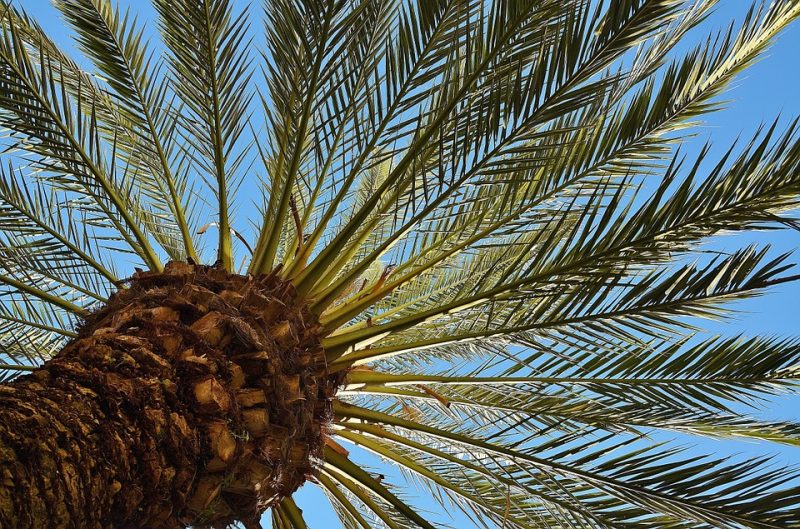
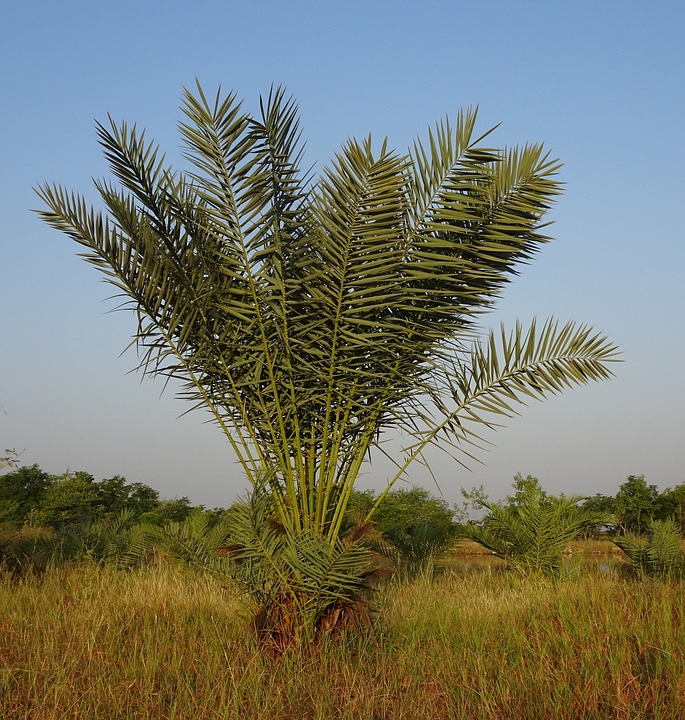
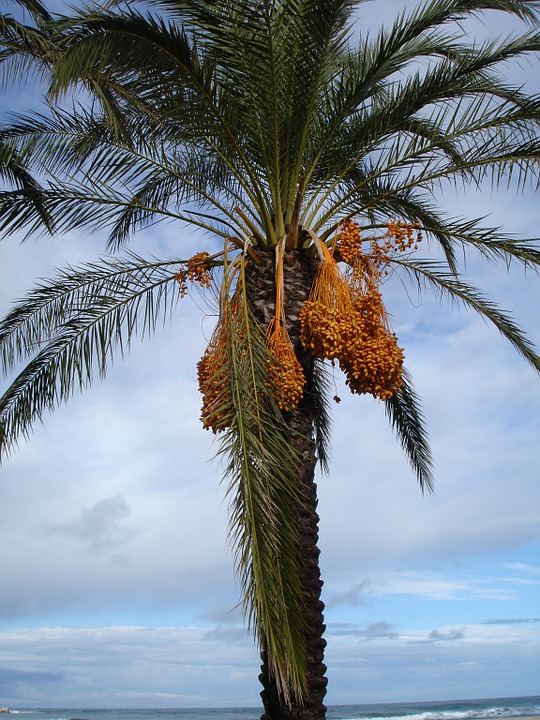
Recommended products
-
You can find products on a different store
Change Store -
You can find products on a different store
Change Store -
You can find products on a different store
Change Store -
You can find products on a different store
Change Store -
You can find products on a different store
Change Store -
You can find products on a different store
Change Store -
You can find products on a different store
Change Store -
You can find products on a different store
Change Store -
You can find products on a different store
Change Store -
You can find products on a different store
Change Store -
You can find products on a different store
Change Store -
You can find products on a different store
Change Store -
You can find products on a different store
Change Store -
You can find products on a different store
Change Store -
You can find products on a different store
Change Store -
You can find products on a different store
Change Store -
You can find products on a different store
Change Store -
You can find products on a different store
Change Store -
You can find products on a different store
Change Store -
You can find products on a different store
Change Store -
You can find products on a different store
Change Store -
You can find products on a different store
Change Store -
You can find products on a different store
Change Store -
You can find products on a different store
Change Store
Recommended products
-
You can find products on a different store
Change Store -
You can find products on a different store
Change Store -
You can find products on a different store
Change Store -
You can find products on a different store
Change Store -
You can find products on a different store
Change Store -
You can find products on a different store
Change Store -
You can find products on a different store
Change Store -
You can find products on a different store
Change Store -
You can find products on a different store
Change Store -
You can find products on a different store
Change Store -
You can find products on a different store
Change Store -
You can find products on a different store
Change Store -
You can find products on a different store
Change Store -
You can find products on a different store
Change Store -
You can find products on a different store
Change Store -
You can find products on a different store
Change Store -
You can find products on a different store
Change Store -
You can find products on a different store
Change Store -
You can find products on a different store
Change Store -
You can find products on a different store
Change Store -
You can find products on a different store
Change Store -
You can find products on a different store
Change Store -
You can find products on a different store
Change Store -
You can find products on a different store
Change Store
Rhapis excelsa. It is a palm tree that grows in the form of a bush, native to Southern China and Taiwan. it has thin stems and thick palmate leaves. It should be placed in a space with indirect sunlight, ventilated, at temperatures of 20-24° C. It should be moderately watered when the soil is dry on the surface, and in winter it needs to be watered less often. The substrate must be light, made up of garden soil and garden mould. It prefers a slightly humid atmosphere, so you should spray the leaves with water twice a week. In pots it can reach a height of 1-2 m and it has a longevity of 10 years.
Recommended products
-
You can find products on a different store
Change Store -
You can find products on a different store
Change Store -
You can find products on a different store
Change Store -
You can find products on a different store
Change Store -
You can find products on a different store
Change Store -
You can find products on a different store
Change Store -
You can find products on a different store
Change Store -
You can find products on a different store
Change Store -
You can find products on a different store
Change Store -
You can find products on a different store
Change Store -
You can find products on a different store
Change Store -
You can find products on a different store
Change Store -
You can find products on a different store
Change Store -
You can find products on a different store
Change Store -
You can find products on a different store
Change Store -
You can find products on a different store
Change Store -
You can find products on a different store
Change Store -
You can find products on a different store
Change Store -
You can find products on a different store
Change Store -
You can find products on a different store
Change Store -
You can find products on a different store
Change Store -
You can find products on a different store
Change Store -
You can find products on a different store
Change Store -
You can find products on a different store
Change Store
Chrysalidocarpus lutescens. It is a palm tree native to Madagascar. It is also called Areca palm. In pots it can grow 1.5-4 m tall and it has a longevity of 3-8 years. It prefers places with strong light and an optimal temperature of 20-24° C. It needs an air humidity of over 50%. For this, the leaves should be sprayed daily with water and the pot should be placed on a tray with wet gravel. Watering should be moderately (1-2 times a week), and the substrate has to easily drain the water; it can be made up of garden soil, garden mould and sand, in equal parts. During the period of active growth, it is recommended to use a special fertilizer for palm trees. Transplanting should be done every two years, in spring. It can be attacked by woolly apple aphids or European fruit lecanium. Fact! The slightly prominent black dots that appear on the palm stems represent a normal process and do not affect the plant.
For more information about the problems that can occur in palm trees and the recommended solutions click here.
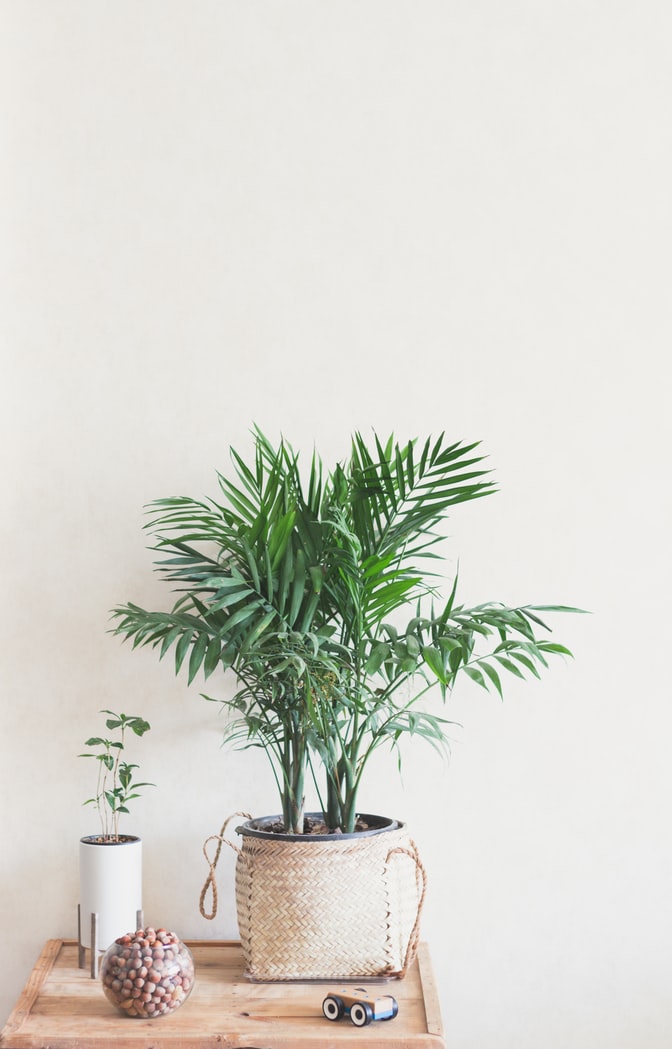
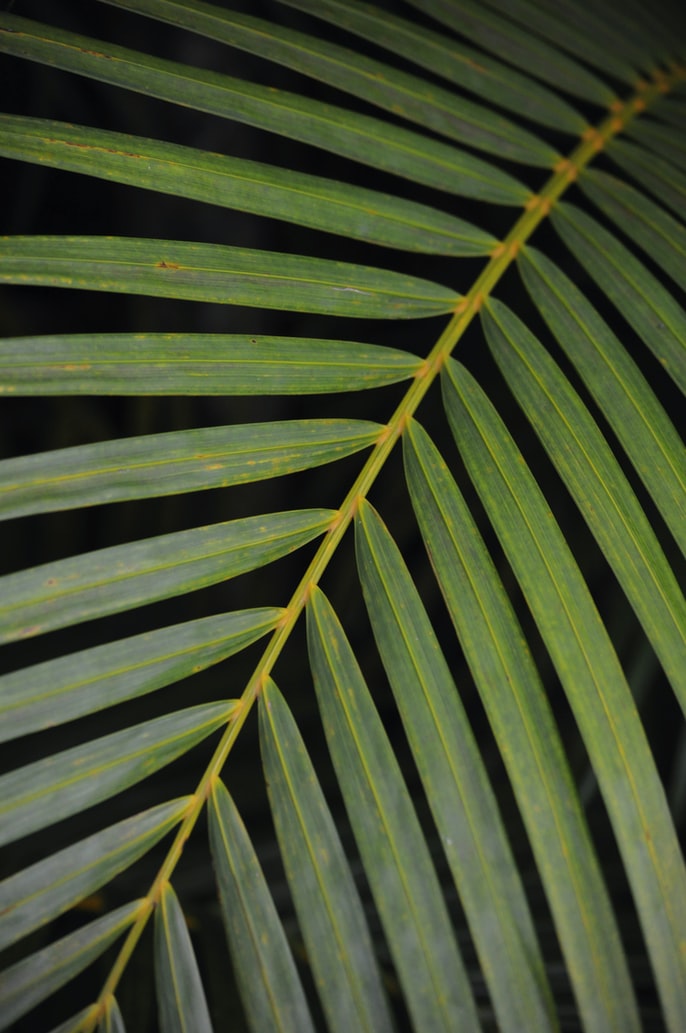
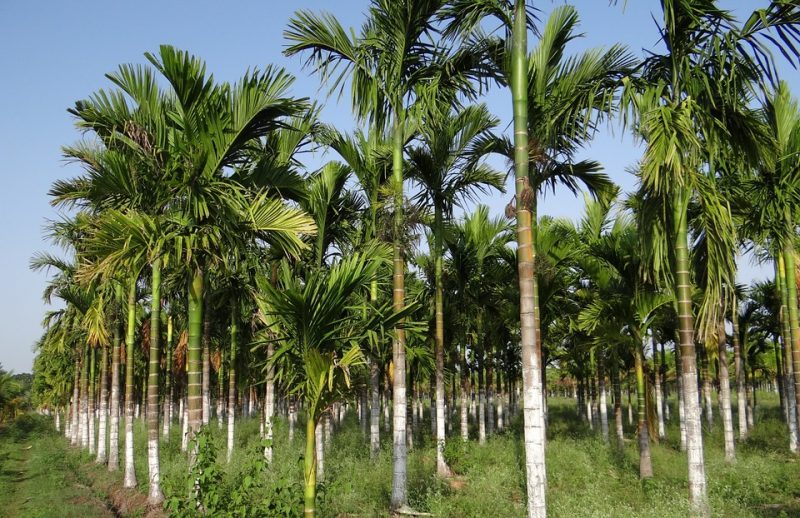
Recommended products
-
You can find products on a different store
Change Store -
You can find products on a different store
Change Store -
You can find products on a different store
Change Store -
You can find products on a different store
Change Store -
You can find products on a different store
Change Store -
You can find products on a different store
Change Store -
You can find products on a different store
Change Store -
You can find products on a different store
Change Store -
You can find products on a different store
Change Store -
You can find products on a different store
Change Store -
You can find products on a different store
Change Store -
You can find products on a different store
Change Store -
You can find products on a different store
Change Store -
You can find products on a different store
Change Store -
You can find products on a different store
Change Store -
You can find products on a different store
Change Store -
You can find products on a different store
Change Store -
You can find products on a different store
Change Store -
You can find products on a different store
Change Store -
You can find products on a different store
Change Store -
You can find products on a different store
Change Store -
You can find products on a different store
Change Store -
You can find products on a different store
Change Store -
You can find products on a different store
Change Store















































































































































































































































































































































































































































